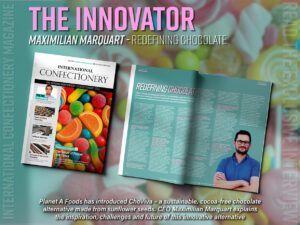Toblerone chocolate can no longer feature the famous Matterhorn mountain peak on its packaging as part of stricter marketing regulations. As the company no longer produces chocolate in Switzerland, it can no longer use Swiss imagery.
Examining this particular scenario reveals wider marketing regulations and laws looking to protect the Swiss brand.On 2013, the Swiss Parliament adopted the ‘Swissness’ legislation with new regulation entering into force on 1 January, 2017.
Legislation introduced in 2017 restricts companies from using national Swiss symbols including the country’s flag and other indicators including in food.
According to research conducted into ‘Swissness’, Swiss-made stuff sells, with some studies showing that value added by the Swiss brand can represent as much as 20% of the sale price and 50% for luxury items. Part of the problem for the nation, however, is the misuse of the Swiss label which can damage its credibility.
For food to be able to market itself as ‘made in Switzerland’, 80% of raw ingredients must be sourced and the majority has to be processed in the country. For milk and dairy products, 100% of the milk needs to come from Switzerland. There are exceptions for natural ingredients which cannot be sourced in Switzerland because of required growing conditions, such as cacao.
As detailed on owner Mondelēz’s website, Toblerone was first introduced in 1908 by Theodor Tobler, at which point it was produced in the country. Mondelēz announced last year that from the end of 2023 it would move some production to Slovakia, meaning it can no longer claim Toblerone is made in Switzerland through the use of its iconography – the triangular shape of the chocolate mimics the peaks of the Matterhorn.
Stay up-to-date on the latest industry news and exclusives in our magazine.
Never miss a story… Follow us on:
![]() International Confectionery
International Confectionery
![]() @InConfectionery
@InConfectionery
![]() @InConfectionery
@InConfectionery
Media contact
Caitlin Gittins
Editor, International Confectionery
Tel: +44 (0) 1622 823 920
Email: editor@in-confectionery.com









